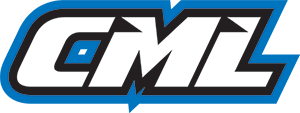By signing up to our mailing list you will receive information on the latest product releases from our brands as well as other CML related news. Fill in the fields below and hit the ‘Subscribe’ button and you will be instantly added to our mailing list. | 
 Sign up to the CML Newsletter
Sign up to the CML Newsletter